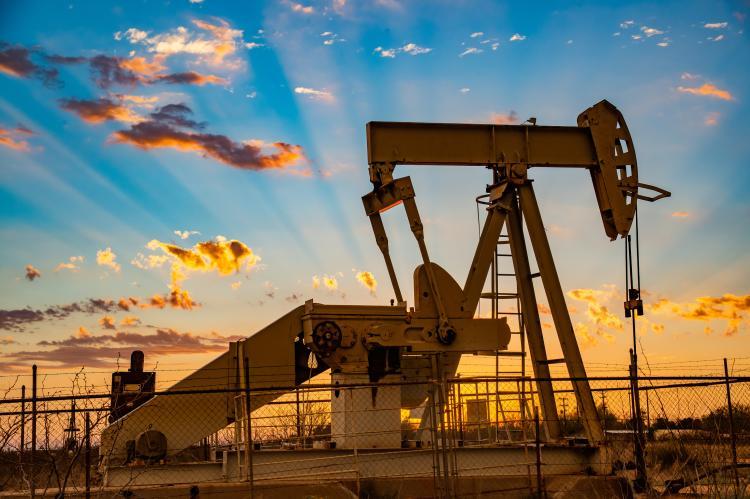Permian Basin Production Slowing Down, Affecting Pipeline Tariffs and Operation

“New pipe start ups like Cactus II starting up and Epic in the summer have put us over the top on capacity,” said John Auers, executive vice president at energy consultant Turner Mason & Co. “Now, there is surplus capacity out of the Permian.”
Auers statement neatly sums up the present situation in the prolific Texan Permian Basin, where five new oil pipelines are set to go into operation through 2021:
Producers in the West Texas and New Mexico oilfield are pumping about 4.72 million barrels a day, according to Rystad Energy AS. That compares with nearly 6 million barrels of pipeline capacity that could rise by about 3.5 million barrels in the next two years as planned new conduits come online.
Most of those planned projects were announced when the Permian, just a few years ago, was posting annual growth rates in excess of 1 million barrels a day. Now, some analysts see yearly growth slowing to as little as 650,000 barrels a day, with older wells producing less and oil companies preparing to curb spending this year to boost investor returns.
The growth in takeaway capacity has put downward pressure on pipeline tariffs, with operators of legacy pipelines in the oil patch already making big cuts in order to retain or bring new shippers to keep systems fully loaded.
In August, Energy Transfer Partners LP cut rates for users on portions of their Permian Express system, while Magellan Midstream LP issued incentive rates for large-volume shippers on its Bridgetex pipeline. Epic Pipeline Co LP halved its transportation rate prior to the line coming into service.
